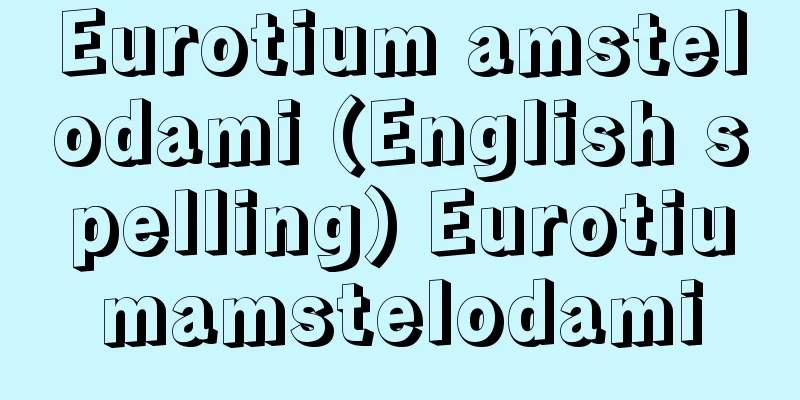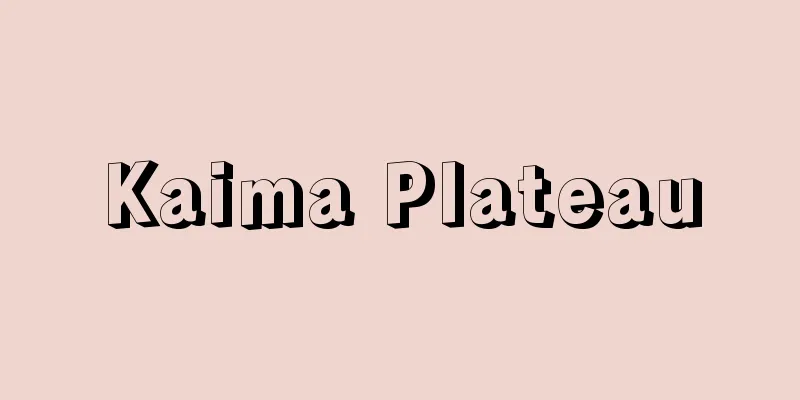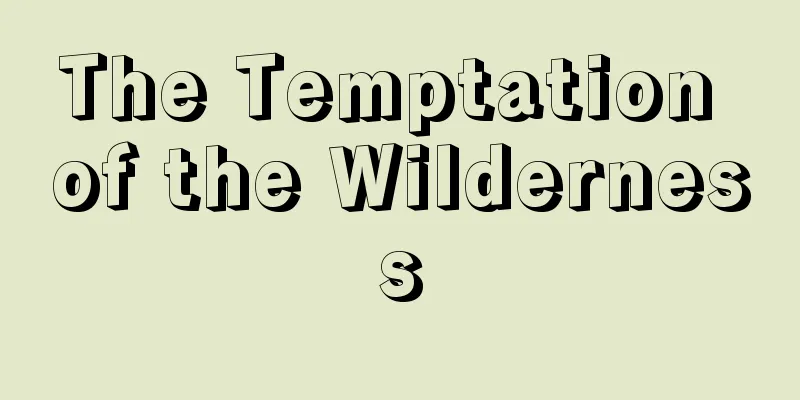Stereoscopic vision - Rittaishi

|
In vision, especially in binocular form vision, sensory information based on a flat image projected onto the retina is integrated in the visual cortex of the cerebral cortex and is recognized as a solid object in three-dimensional space. It is also called stereopsis. Stereopsis occurs not only when viewing an actual solid object, but also when different flat figures are shown to each eye according to a certain rule. This is the case when a stereoscopic photograph or a solid figure is viewed through a stereoscope. This shows that the parallax between the two eyes is important for stereopsis. However, even with monocular vision, it is possible to judge distance and depth to a certain extent depending on the degree of contraction of the ciliary muscle that adjusts the curvature of the lens, and the parallax when the eye position is changed. In primates, half of the optic nerve crosses, and nerve fibers from the right half of the retina of both eyes change neurons in the right lateral geniculate body, and these fibers reach the visual cortex of the right occipital cortex. Similarly, the left half of the retina connects to the left occipital cortex. Neurons in the visual cortex receive inputs corresponding to certain locations on the retina. Moreover, the majority of neurons in the visual cortex receive input from both eyes to varying degrees, which is said to be related to stereoscopic vision. With binocular vision, an object seen with each eye appears as one. The eyeballs reflexively move so that the images on the left and right retinas match up with corresponding points and appear as a single image. This is one of the causes of the sense of perspective. Spatial perception develops in the right brain, so it is said that the spatial positional relationships of objects are better recognized in the left half of the visual field. [Akira Murakami] Source: Shogakukan Encyclopedia Nipponica About Encyclopedia Nipponica Information | Legend |
|
視覚、とくに両眼を用いた形態視において、網膜に投影された平面像に基づく感覚情報が、大脳皮質の視覚野における統合作用を受け、三次元空間内の立体として認知されることをいう。実体視ともいわれる。立体視は、実際の立体を見る場合だけでなく、左右の目にそれぞれ一定の規則に従って異なる平面図形を見せた場合にも生ずる。立体写真や立体図形を実体鏡で見た場合がこれにあたる。このことから、立体視には両眼の間の視差が重要であることがわかる。しかし単眼視でも、水晶体の曲率を調節している毛様体筋の収縮の程度や、目の位置を変えたときの視差などにより、ある程度の遠近や奥行の判断が可能である。霊長類では、視神経の半分が交差(こうさ)し、左右両眼の右半分の網膜からの神経繊維は右外側膝(しつ)状体でニューロンをかえ、その繊維は右側皮質後頭葉の視覚野に達する。同様に、網膜の左側半分が左側皮質後頭葉に連絡する。視覚野のニューロンは網膜の一定の場所に対応した入力を受けている。しかも視覚野のニューロンの大多数には、いろいろな程度に両眼からの入力があり、これが立体視に関係するといわれている。両眼視では左右の目で見ている一つの物体は、一つに見える。眼球は、左右の網膜の像がそれぞれ対応する点にうまく合致して一つの像として見えるように反射的に運動する。これが遠近感をつくる一つの原因となっている。空間知覚は右脳に発達するので、視野の左半分のほうが物体の空間的位置関係がよく認知されるといわれている。 [村上 彰] 出典 小学館 日本大百科全書(ニッポニカ)日本大百科全書(ニッポニカ)について 情報 | 凡例 |
<<: Stereoselectivity - stereoselectivity
Recommend
IHF (audio) - IHF
…For example, it is displayed as 3.0μV (S/N50dB)....
Hokkaido Former Aborigines Protection Law - Hokkaido Former Aborigines Protection Law
The Basic Law on Ainu Policy was enacted in 1899 ...
Surgery - Surgery
It refers to a treatment technique in the surgica...
merchant adventureres company
…In the case of Britain, chartered companies are ...
Tara - Tara (English spelling) tāla
A theory of Indian music meter. Along with the mo...
Etheridge, G.
...This tendency eventually led to the emergence ...
Korean books - Chosenbon
This refers to books published in Korea in a broa...
Akamanuma Pond
...The hilly Boso Peninsula and Miura Peninsula a...
Zingaro
…In English, they are called gypsies, which is a ...
Partonomy
...In this case, the subsumption relationship is,...
Mantle convection - Mantle tairyu (English spelling) mantle convection
A very gentle convection of mantle material caused...
Elako - Elako
It is a marine animal belonging to the order Sede...
Long-tailed grasshopper - Long-tailed grasshopper
…The larvae live in the same environment as the a...
Red sea hoya
One of the special soils scattered throughout Kyus...
NBC - NBC
National Broadcasting Company is an abbreviation ...









